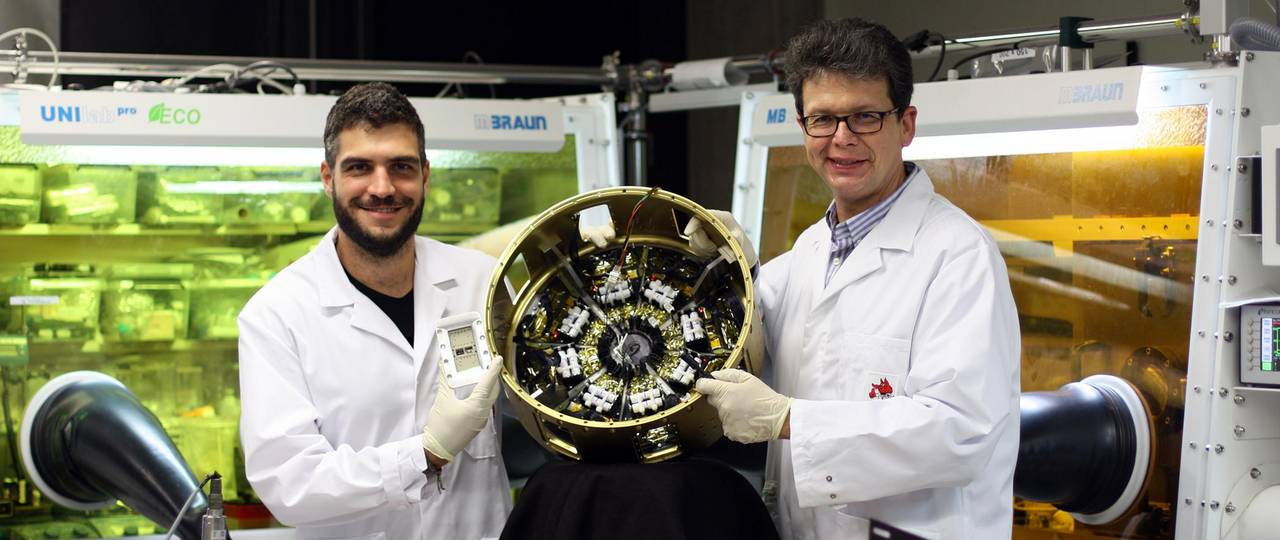
The Technical University of Munich (TUM) and the German Aerospace Center (DLR) were the first to carry out a successful flight with a satellite that draws its current from solar cells that are not based on silicon but on perovskite and so-called polymer or organic solar cells.
According to TUM and DLR, the solar cells have several advantage. They are lighter, generate more power, and are more flexible. In addition to space travel, they will also have many other applications on earth in the future.
The test took place as part of the MAPHEUS 8 project on a rocket base in Kiruna, Sweden. The rocket used for the research reached an altitude of almost 240 kilometers, enabling the researchers to perform measurements with two different types of organic and perovskite solar cells. “With the MAPHEUS program we have the possibility to do experiments very quickly under space conditions,” says Professor Andreas Meyer of the DLR Institute in a press release.
Stability
A disadvantage of perovskite and organic cells has until now always been that their power output decreases rapidly with age. That would make them unsuitable for most applications and especially satellites because they have to stay in orbit for years.
But TUM professor Peter Müller-Buschbaum says that progress in this area is proceeding rapidly. According to him, the best perovskite solar cells currently achieve an efficiency of 25 percent, which is better than silicon cells. Also, the solar cells are so thin and light that they can be applied as a kind of coating to the outside of a satellite. This is particularly important for space travel, where every gram counts. According to Müller-Buschbaum, with a weight of one gram of solar cells, and energy yield of 30 watts is already possible.
Room temperature
Another advantage is that the production of perovskite cells takes place at room temperature – in contrast to silicon cells which require high temperatures. Finally, the perovskite cells need relatively little light to generate electricity. For long journeys to Mars, for example, this can be of great value.
Incidentally, Meyer sees many more areas of application than just satellites or space probes. “It would not be the first time that innovations that initially make a breakthrough in space travel would subsequently be applied to other areas around the world. An important reason for this is the very high demands that space travel places on all technical components.”
The research results were published in Joule magazine under the title Perovskite and Organic Solar Cells on a Rocket Flight.



